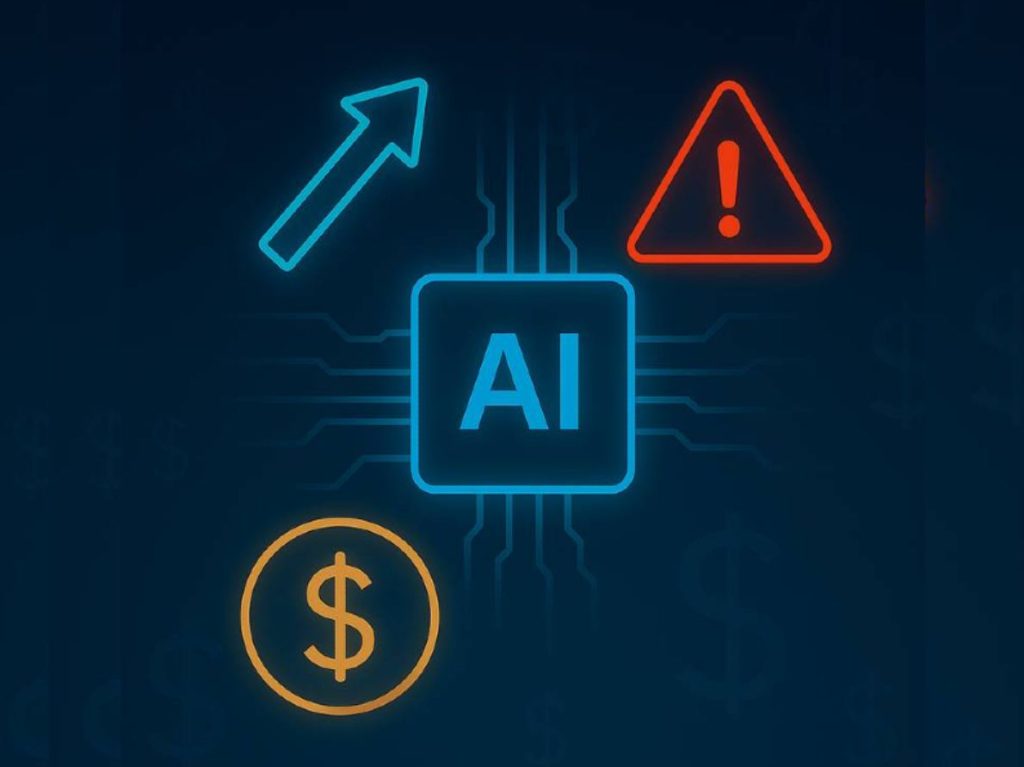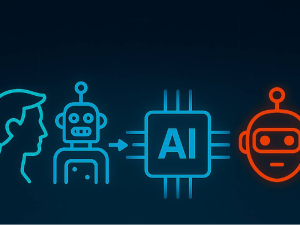The news cycle is constantly filled with headlines about multibillion-dollar investments in new tools and AI products. One recent example is a startup with just 10 employee securing £1bn in funding: Exclusive: OpenAI co-founder Sutskever’s new safety-focused AI startup SSI raises $1 billion | Reuters
While this type of news might raise some eyebrows, I believe that at present, we are rushing ahead – putting expensive carts well and truly before the horses.
Yes, new ideas and products are crucial for creating new markets, innovative business models and ‘paradigms’ that shift the working practices and patterns of living. However, there’s also a critical need for these ideas and products to mature through adoption and customer feedback. I would argue that pouring millions, or in this case, billions, into a product without a clear use case or where adoption remains weak may not be the wisest move.
If businesses and consumers are still unsure about the tangible benefits of AI and how to integrate it into their daily lives (whether to improve productivity, simplify tasks, or streamline operations) there’s a significant risk of building a costly “white elephant.” Even when the benefits are becoming clear and visible, it takes time for widespread adoption to the degree that would justify such large-scale product investments taking place.
From a business perspective, successful adoption of AI products is shown by increased customer spending, partially reflected by consulting services. However, with few exceptions, there have been relatively few major investment announcements in the press, suggesting that large-scale GenAI adoption is lagging the hype, despite all the ‘noise’ in the relevant press of the promised benefits. After the initial excitement of OpenAI’s ChatGPT, both companies and consumers alike are still grappling with how to adopt GenAI into their operations products, lifestyles, and how to reap the promised benefits.
Exuberant investment in products ahead of an adoption curve can lead to technology and market ‘bubbles’, much like the one we experienced during the dot-com boom of 2001/2002. Although that bubble burst partly due to geopolitical events, which we are also witnessing now, it is also a well-known fact that investors have a short window for ROI.
Investors certainly do not care about adoption timescales, and once those ROI windows close, the risk of a bubble bursting grows. Perhaps it is indicative that three to four years into the GenAI boom, similar warning signs are starting to appear in the press: https://www.linkedin.com/posts/dr-jeffrey-funk-a979435_ai-technology-technologies-activity
At AIonCloud, we help businesses successfully navigate such adoption challenges and implement GenAI technology effectively. We firmly believe that successful adoption requires a strong use case, a solid business case, and a clear technology roadmap. We help customers ‘cut’ through noise and hype of AI products and services announcements, guiding them in selecting the ones that make sense in the context of their requirements, enterprise architecture roadmap, all aligned to their AI adoption business case.
This is how we ensure that our customers leverage GenAI to create innovative products, introduce new revenue streams, reduce operational costs, or gain a competitive edge, while they remain aligned to their business goals.





